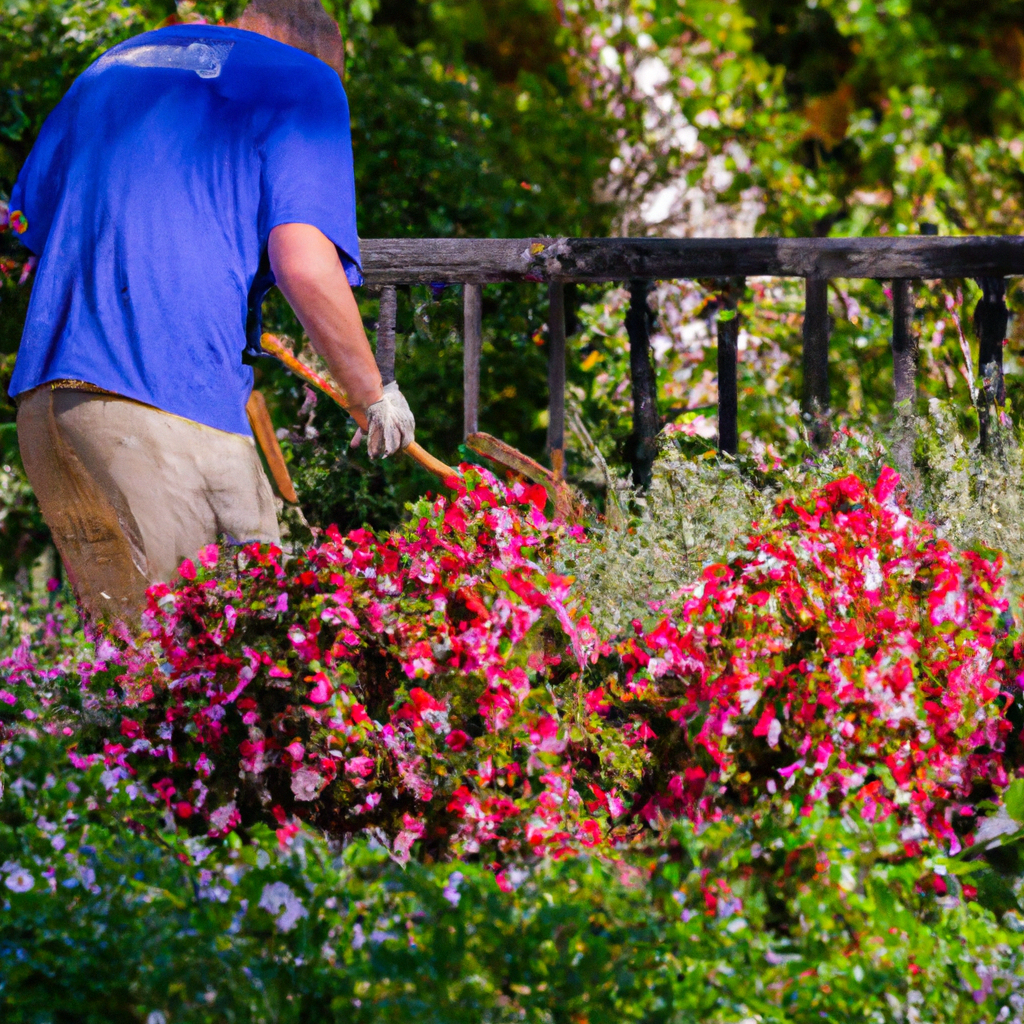
Welcome to our comprehensive guide on the art of pruning, where we will delve into the techniques and strategies to shape your flowering plants and create a stunning display in your garden. Pruning plays a vital role in maintaining the health, aesthetics, and productivity of your plants. With the right knowledge and approach, you can transform your garden into a vibrant and visually appealing space. In this article, we will explore the key principles of pruning, discuss different plant types, and provide step-by-step instructions on how to prune effectively.
Understanding Pruning
Pruning is the process of selectively removing certain parts of a plant, such as branches, buds, or roots, to encourage desirable growth and shape. When done correctly, pruning promotes healthier plants, improves flowering and fruiting, enhances overall plant structure, and prevents disease and pest infestation. However, improper pruning techniques can lead to weakened plants, reduced flower production, and even plant death.
The Benefits of Pruning
1. Enhanced Aesthetics
Pruning allows you to sculpt your plants into visually appealing shapes and forms. By removing unwanted or overgrown branches, you can create a balanced and harmonious look in your garden. Pruned plants also tend to have denser foliage and more vibrant flowers, making them a focal point of your outdoor space.
2. Increased Flower Production
Regular pruning stimulates the growth of new branches and promotes the formation of flower buds. By removing old and spent flowers, you redirect the plant’s energy towards producing new blooms. This results in a longer and more abundant flowering season, providing a breathtaking display of colors and fragrances.
3. Improved Plant Health
Pruning plays a crucial role in maintaining the overall health of your plants. By eliminating diseased, damaged, or dead branches, you prevent the spread of pathogens and ensure the plant’s vitality. Additionally, pruning encourages airflow and sunlight penetration, reducing the risk of fungal infections and promoting photosynthesis.
Pruning Techniques for Different Plant Types
Different plant types require specific pruning techniques to achieve optimal results. Let’s explore the common categories of flowering plants and the corresponding methods to prune them effectively.
1. Deciduous Shrubs
Deciduous shrubs, such as roses, hydrangeas, and lilacs, lose their leaves during the winter months. To prune these shrubs, follow these steps:
- Begin by removing any dead, damaged, or diseased branches. Make clean cuts just above the nearest outward-facing bud or lateral branch.
- Next, remove any weak or crossing branches to improve airflow and maintain an open center.
- To shape the shrub, selectively prune back long or overgrown branches, cutting just above a bud facing the desired direction.
- Finally, thin out the interior of the shrub by removing some of the older branches, allowing better sunlight penetration.
2. Evergreen Shrubs
Evergreen shrubs, such as boxwoods, hollies, and azaleas, retain their leaves year-round. Here’s how to prune them effectively:
- Start by removing any dead, damaged, or diseased branches.
- Trim back any long or straggly branches to maintain a compact and uniform shape.
- Thin out the interior of the shrub to improve airflow and light penetration.
- Avoid cutting into bare wood, as evergreen shrubs have limited regrowth capacity from old wood.
3. Climbing Plants
Climbing plants, including clematis, wisteria, and climbing roses, require specific pruning techniques to maximize their blooming potential:
- Identify the type of flowering habit your climbing plant exhibits. Some plants bloom on old wood, while others on new wood.
- For plants that bloom on old wood, prune immediately after flowering, removing any dead or weak branches.
- For plants that bloom on new wood, prune in late winter or early spring before new growth begins. Cut back the previous year’s growth to encourage vigorous new shoots.
Step-by-Step Guide to Pruning
Now that we have explored the different pruning techniques for various plant types let’s walk through a step-by-step guide to help you prune your flowering plants effectively:
- Start by assessing the overall health and structure of the plant. Remove any dead, damaged, or diseased branches.
- Identify any branches that are crossing, rubbing, or growing towards the center of the plant. These should be pruned to maintain an open and well-spaced structure.
- Consider the desired shape and size of the plant. Prune back long or overgrown branches to the nearest bud or lateral branch facing the desired direction.
- Thin out the interior of the plant by selectively removing some of the older branches. This encourages better airflow and sunlight penetration, reducing the risk of diseases.
- When making cuts, use sharp and clean pruning tools to ensure smooth and precise cuts. Make angled cuts just above a bud or lateral branch, avoiding leaving stubs.
- Step back periodically to assess the overall shape and symmetry of the plant. Make additional adjustments as needed to achieve the desired appearance.
- Dispose of the pruned branches responsibly, either by composting or recycling them.
Conclusion
In conclusion, mastering the art of pruning is a valuable skill that can transform your flowering plants into stunning displays of beauty and vibrancy. By understanding the different pruning techniques for various plant types and following a step-by-step guide, you can achieve optimal results in your garden. Remember to prioritize plant health, aesthetics, and productivity when pruning, and always use sharp and clean pruning tools. With practice and patience, you will become a skilled pruner, creating breathtaking landscapes that will leave everyone in awe. Happy pruning!